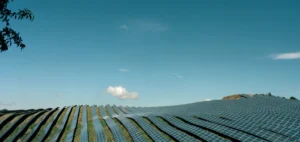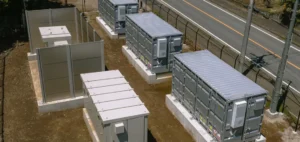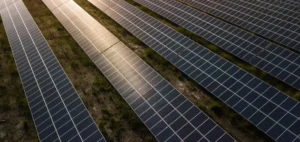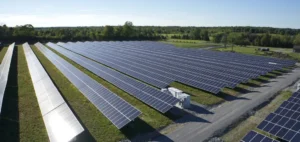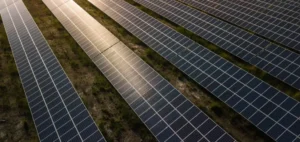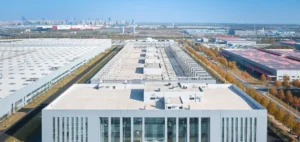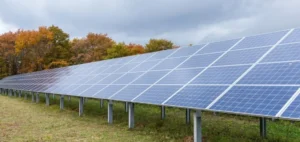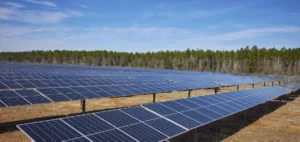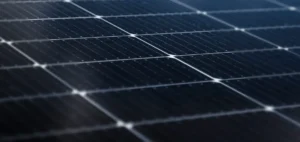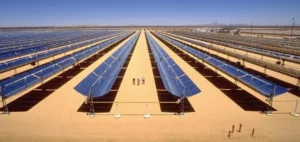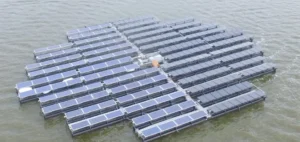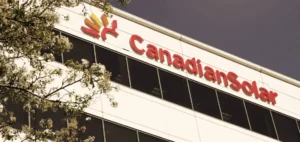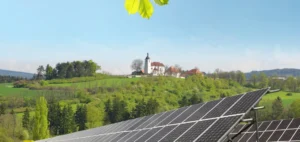Saudi group Abunayyan Holding and US company Nextracker have signed an agreement to establish Nextracker Arabia, an industrial joint venture dedicated to the manufacturing and supply of advanced solar tracking systems. Headquartered in Riyadh, the new entity aims to serve large-scale solar projects in Saudi Arabia and across the Middle East and North Africa (MENA) region.
A localised industrial strategy to strengthen supply chains
Nextracker Arabia will integrate sales, engineering and operations activities, while taking over Nextracker’s existing manufacturing plant in the Kingdom. This plant will play a central role in producing the company’s solar technologies, including tracking systems, mechanical infrastructure and yield management systems. The joint venture plans to launch operations in the first quarter of 2026, pending the completion of Saudi legal formalities.
Abunayyan Holding’s Chief Executive Officer Turki Al-Amri will serve as both chairman of the board and CEO of the new entity. He will be joined by Rajeev Kashyap, Nextracker’s Senior Vice President for the Middle East, India and Africa region, who will take on the role of Chief Operating Officer.
Regional ambitions aligned with Saudi objectives
The initiative supports the country’s energy targets, with Saudi Arabia aiming to deploy 130 gigawatts of clean energy capacity by 2030. The MENA region is also showing strong momentum: according to the Middle East Solar Industry Association (MESIA), installed capacity reached 24 gigawatts alternating current (GWac) in 2024, with forecasts exceeding 30 GW by the end of 2025.
Nextracker already claims a significant presence in the country, with over 3 gigawatts of projects delivered. The company has equipped sites including Sakaka (405 MW), Al Kahfah (1.17 GW), Tabarjal (449 MW), and Sudair (904 MW). The announcement of Nextracker Arabia aims to consolidate this presence through long-term industrial and logistical integration in the region.
An industrial positioning supported by regional demand
By localising production, Nextracker Arabia aims to strengthen Saudi Arabia’s industrial autonomy while reducing supply lead times for regional customers. This model seeks to meet the growing demand for large-scale solar projects, driven by national energy policies and the increasing cost competitiveness of solar technologies.
With vertical integration of its industrial capabilities in Riyadh, the joint venture expects to capture a significant share of the regional solar market, estimated to exceed 180 GW by 2030. The joint strategy combines Abunayyan Holding’s local expertise with Nextracker’s internationally proven technology.



